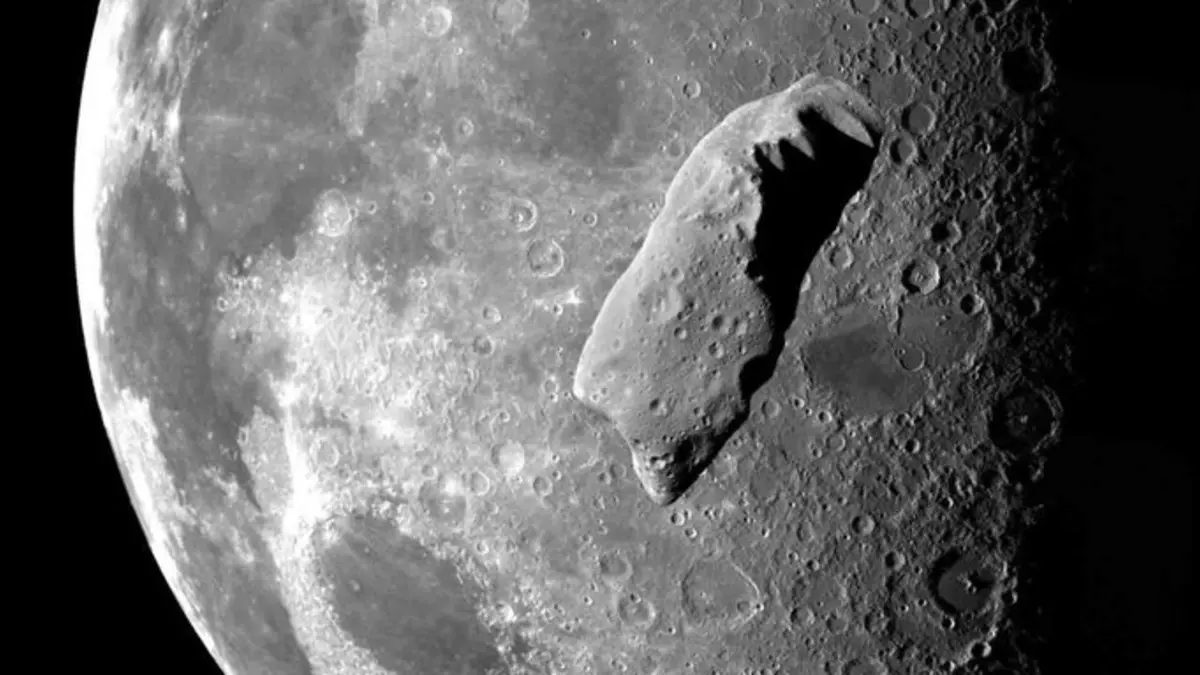Updated April 2nd 2025, 21:51 IST
Earth Spared, Moon in Danger? Asteroid 2024 YR4 Has 4% Chance of Hitting Lunar Surface
Asteroid 2024 YR4, discovered last December, sparked concern with a 3% chance of hitting Earth in 2032, the highest recorded risk for an asteroid of its size.

New Delhi: After sending chills down their spines with its brief stint as the highest-risk space object ever recorded, a near-Earth asteroid, Asteroid 2024 YR4 has now prompted astronomers to turn their attention toward a new, intriguing target—our Moon.
Asteroid 2024 YR4, identified last December, raised alarm when early calculations indicated a 3% chance of it hitting Earth in 2032, marking the highest risk ever recorded for an asteroid of its size. However, after extensive tracking by observatories around the globe, the likelihood of an Earth impact has now decreased to under 0.001%.
Asteroid 2024 YR4 Could Hit The Moon
However, new calculations have shifted focus, revealing a 4% probability that the asteroid could instead collide with the Moon.
Academy Professor Karri Muinonen from the University of Helsinki, whose team has led the efforts in tracking the asteroid, warns, If the asteroid were to strike the Moon, it could release particles into the Earth-Moon system, potentially jeopardizing human space infrastructure and operations.
It can Wipe Out an Entire City
If the asteroid were to collide with Earth, it could unleash enough force to obliterate an entire city, equivalent to the impact of 500 Hiroshima bombs.
Earlier, the James Webb Space Telescope (JWST) conducted two scheduled observations of asteroid 2024 YR4. The first observation, on February 5, revealed that the asteroid could be slightly larger and rockier than previously thought.
During the second observation on March 26, JWST confirmed that the asteroid no longer poses a threat to Earth, with the likelihood of it striking on December 22, 2032, now reduced to nearly zero.
Another round of JWST observations is scheduled for next month to track the asteroid before it moves out of sight, venturing into the outer solar system for the next few years, according to Live Science.
Published April 2nd 2025, 21:51 IST
